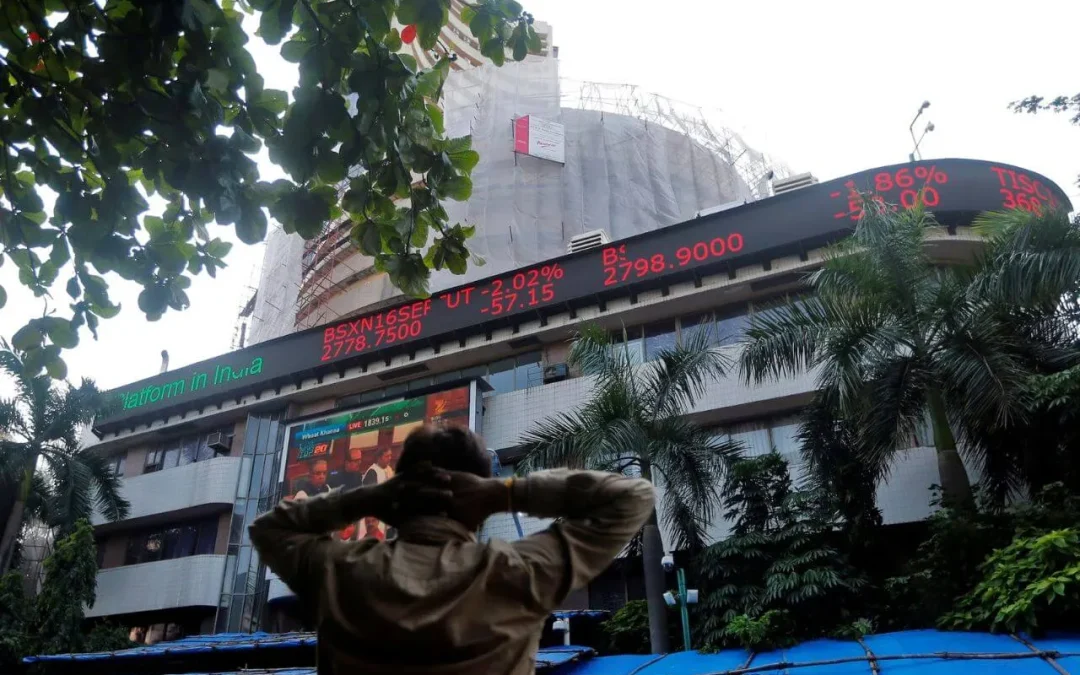India’s banking sector faces a critical juncture as the Reserve Bank of India (RBI) unleashes its most aggressive dollar sales since the 2008 financial crisis. With $34.5 billion net sold in FY25 to stabilise the rupee, liquidity pressures and global economic tremors are sparking concerns.
This decision was followed by the rupee’s wild swings, dropping to 87.95 per dollar in February 2025 before rebounding sharply. Could banking stocks buckle under these strains, or will strategic interventions steer stability? Let’s unpack the facts.
RBI Policy
The RBI’s $34.5 billion net dollar sale in FY25 marks its boldest move since the global financial crisis. Primarily targeting rupee stability, the central bank countered a surging US dollar index, which hit 108 amid Donald Trump’s inflationary trade policies. Consequently, forex reserves plummeted from $705 billion in September 2024 to under $625 billion by January 2025.
Notably, the RBI slashed its forward dollar holdings to $84.34 billion in March 2025, a seven-month low. However, March also saw a reversal: $14.4 billion in net spot purchases injected liquidity, aided by $10 billion in dollar-rupee swaps. These swaps, acting as short-term borrowing, added Rs. 86,000 crore to the banking system. “The high gross dollar sales will fuel record RBI dividends to the government,” said Bank of Baroda’s Madan Sabnavis. Experts now project a Rs. 2.5–3 trillion surplus transfer, up from Rs. 2.1 trillion in FY24.
Possible Effects on the Banking Industry
While RBI interventions stabilised the rupee, excessive liquidity withdrawal threatens bank profitability. Persistent dollar sales drained rupee liquidity, pressuring lenders’ ability to price loans competitively. Furthermore, the rupee’s 2.4% depreciation in FY25 raised hedging costs, potentially deterring foreign investors.
Credit growth, a key revenue driver, could slow if banks struggle to balance liquidity and demand. Karur Vysya Bank’s V R C Reddy noted, “Trump’s trade wars initially boosted the dollar, but emerging markets rebounded as tariffs backfired.” Despite the rupee’s recovery to 83.75 by May 2025, banks face margin compression from volatile forex gains and tighter liquidity.
However, March’s liquidity injections offered temporary relief. Swaps and buy/sell auctions helped reserves climb $6.6 billion in late March, hitting a five-month high of $665 billion. Yet, sustainability remains uncertain.
Also read: Why Did Mamaearth Shares Hit 20% Upper Circuit Despite Muted Results? Here’s Why
What Else Influences Banking?
Beyond forex moves, Morgan Stanley predicts deeper RBI rate cuts of up to 100 basis points to counter slowing growth and tame inflation. A projected repo rate of 5.5% may ease borrowing costs but squeeze interest margins. “Monetary policy will lead the defence against domestic slowdowns,” the report stated, highlighting liquidity measures and regulatory easing as supplementary tools.
Globally, a potential US recession or escalated trade wars could weaken India’s growth, forcing steeper rate cuts. Domestically, government fiscal consolidation and capital expenditure focus may offset some pressures.
Additionally, inflation trends remain pivotal. Controlled prices allow RBI flexibility, but abrupt spikes could delay easing. Banks must navigate regulatory shifts, including macroprudential reforms aimed at boosting credit flow.
Banking Industry Outlook
The banking sector’s fate hinges on the RBI’s balancing act. Aggressive forex measures stabilised the rupee but risk long-term liquidity crunches. On the other hand, impending rate cuts might revive loan demand yet pressure margins.
Global headwinds like Trump’s trade policies or a US downturn add unpredictability. However, India’s rebounding forex reserves and record dividend plans signal resilience. Foreign investors, reassured by March’s rupee recovery, may return cautiously.
Analysts urge vigilance. While RBI tools provide buffers, banking stocks could seesaw amid geopolitical shocks or policy missteps. For now, the sector walks a tightrope between stability and volatility, growth and restraint.
What can we Conclude
Banking stocks aren’t doomed to bearish territory yet, but risks loom large. Strategic RBI maneuvers and potential rate cuts offer hope, yet global turbulence and liquidity strains keep the sector on edge. Investors should watch forex trends, policy signals, and inflation data the trifecta shaping banking’s next chapter. One misstep could tilt the scales, but for now, cautious optimism prevails.
Written By Fazal Ul Vahab C H
Disclaimer

The views and investment tips expressed by investment experts/broking houses/rating agencies on tradebrains.in are their own, and not that of the website or its management. Investing in equities poses a risk of financial losses. Investors must therefore exercise due caution while investing or trading in stocks. Dailyraven Technologies or the author are not liable for any losses caused as a result of the decision based on this article. Please consult your investment advisor before investing.





